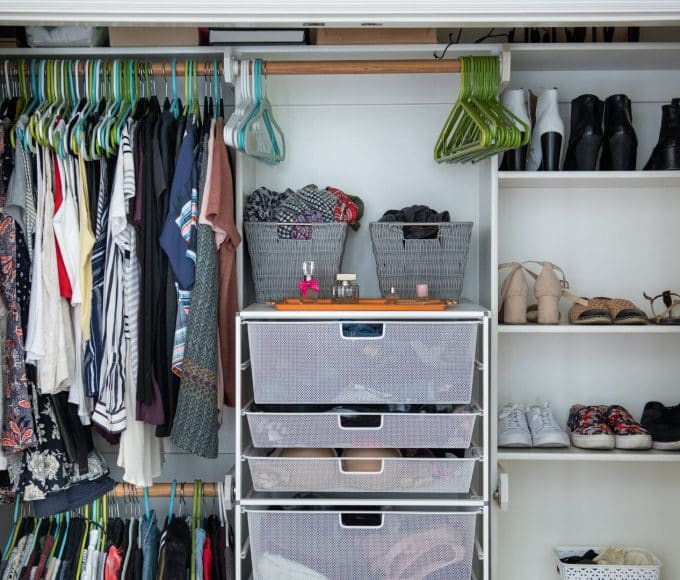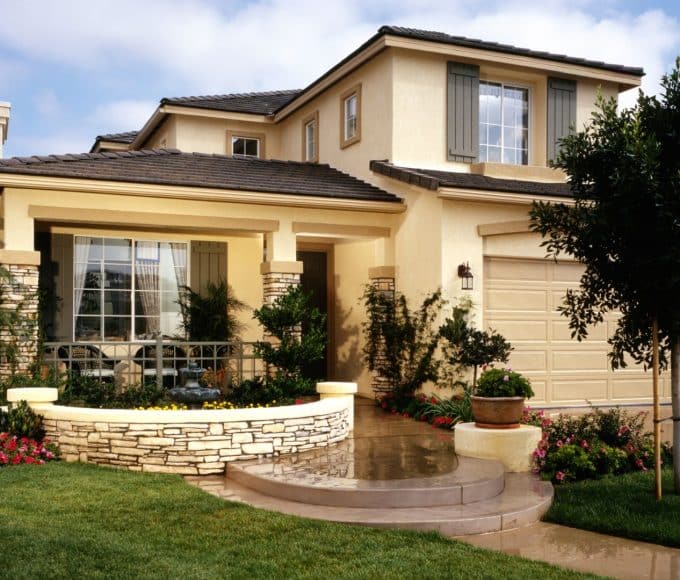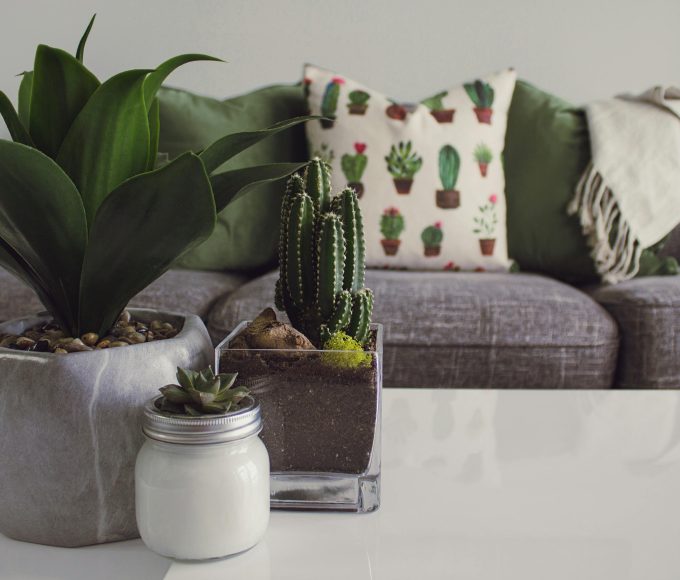
Curtain poles can make your windows look all the more attractive. The type you choose will depend to a large extent on the on the style of your curtains. As well as the type of pole you opt for, think about how you want to hang the curtains. You can use rings, tabs or eyelets to enhance the look.
Where to put the pole
Where do you want to fix your pole? It needs to extend beyond the window frame at both sides by at least 10cm-20cm so the curtains can stand clear of the window when they’re drawn open. It also should be at least 10cm above the window to reduce the amount of light coming in from over the curtain when they’re drawn shut. Then if you want to add finishing touches like decorative knobs on the end of the poles, you’ll need to allow some extra space for these.
Measure the same distance from the window frame on both sides to work out where the brackets should go.
Fixing the pole
Poles can come extendable or if they’re too long, can be cut to fit. The poles have to be fixed to the wall or the ceiling with brackets. You should only need two brackets for poles that are less than 180cm, but longer poles will need a third bracket in the middle for support.
You need to have at least one curtain ring outside of the bracket next to the end piece (or finial) to make sure the outside edges of the curtains are held in place and won’t drift to the middle when they’re drawn.
Diameter of pole
If the curtains are lightweight, then you can generally use any diameter of pole but tend to look better on thinner poles with a diameter of 19mm or less. Medium to heavier weight curtains can be hung on 28mm diameter poles, whilst heavy material and full length curtains may need 35 diameter poles. Lined heavy weight full length curtains might even need 50mm (metal) or 63mm (wooden) diameter poles.
Style of pole

Poles are generally made of plastic, wood and metal. The choice of material is usually determined by the fabric of the curtains. For example, a lightweight pale coloured curtain would look better with a thin light wood or plastic pole, or a metal pole. Poles are appropriate for straight runs and bay windows would be better off with more flexible curtain tracks.
Curtain rings

Curtain rings should be fitted least one ring per 10cm of pole.
Often coming with the pole, hooks are usually then threaded onto the curtain rings. This means that the curtain will need to be fitted with a header tape.
Different types of fittings have become popular that avoid the use of tape like tab tops that are an easy and attractive way to fix curtains onto the poles. These loop over the pole and can be attached to the curtain using decorative pins. Tassels are sometimes attached to the pins. Tab tops might be sewn onto the top hem of the curtain. Evenly spaced along the top of the curtain, they form a good alternative to curtain hooks and rings. They work best with light fabrics.
Another alternative to curtain hooks are clips that can be used to secure the curtain fabric to the curtain hooks with a hook on the clip. They are also more suited to light weight fabrics.
Clip eyelets are plastic or metal rings that allow the curtain to slide directly along the pole without the need for hooks or rings. These are commonly used for shower curtains, but can be used with fabric. Holes are cut in the top hem to take two halves of the oeillet ring which are then pushed together. Alternatively a strip which has eyelets already set in it can be used. The curtain can be attached to the strip by Velcro.
Choosing the right curtain pole for your curtains means taking into account the weight of the fabric, colours and style that you want to achieve. As finishing touches, add finials to finish off the ends of the poles, attractive brackets and tie-backs.












